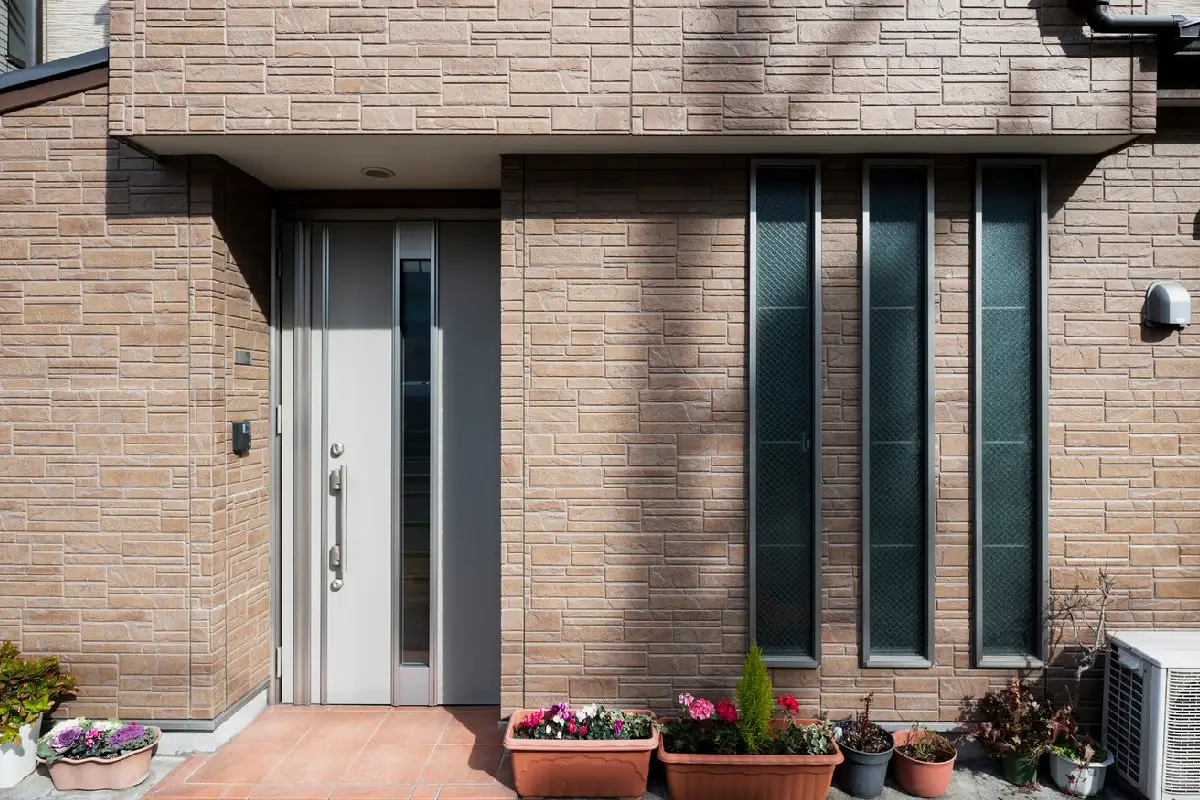When it comes to building or renovating your home, selecting an exterior finish is one of the most important decisions you will make. The external material of your home is important not only for its appearance, but also for insulation, weather resistance, and long term maintenance. In Australia, where the
climate varies drastically between states and regions selecting the proper material is even more important. Whether you're starting from scratch or upgrading an old façade, this guide will help you make an informed decision between brick, stucco and siding.
- Brick: Timeless and Durable
Brick is an essential component of Australian architecture, and it's clear to see why. It's extremely durable, fire resistant, and has a high thermal mass, which helps to keep dwellings cool in the summer and warm in the winter. A brick exterior normally requires minimal upkeep, and can survive for decades without losing its beauty. What's the downside? It is typically more expensive up front, and can limit colour and texture options.
- Stucco: Stylish and Versatile
Stucco is frequently chosen, for its smooth, clean surface and modern appearance. Applied in layers over a wire mesh, stucco can be tinted in a range of colours and moulded to suit contemporary or Mediterranean style homes. While it is a popular choice in drier climates, it may not perform well in areas with significant rains unless properly sealed.
Interior and exterior designers in Sydney, frequently recommend stucco for homeowners wishing to combine style, with a streamlined appearance; nevertheless, it is critical to budget for annual inspections to avoid cracking or moisture damage.
- Siding: Lightweight and Affordable
Siding, whether made of vinyl, fibre cement or composite materials, has gained appeal in recent years due to its low cost and versatility. It's lightweight, easy to install, and comes in a variety of shapes and colours. Fibre cement in particular performs well under Australian weather conditions. However, siding may not provide the same level of insulation or longevity as brick, and lower end materials can fade or warp over time.
- Climate Considerations
Australia’s varied climate zones mean that one material doesn't fit all. Brick is great for temperate and cooler areas, while stucco might be better suited to dry inland regions. Siding, especially fibre cement, is often used in coastal areas due to its resistance to salt and moisture. Interior and outdoor designers in Sydney, frequently advise clients to consider both the local environment, and long term maintenance when picking materials.
- Aesthetic Compatibility of each
Your exterior materials, should also match the overall architectural style of your property. Brick works nicely with vintage or Federation style homes, while stucco looks well, with
modern or minimalist designs. Siding can be customised to practically any look, depending on the material and installation method.
- Maintenance and Longevity
Each material comes with its own maintenance needs. Brick is low maintenance, but stucco requires periodic sealing and siding may require repainting or replacement depending on the type. Working with interior and exterior designers in Sydney might help you plan for future maintenance expenditures.
Final Thoughts
When selecting the correct exterior material, you should examine your home's style, environment and long term plans. With professional help and careful design, you can create a beautiful and long lasting exterior that adds value and character to your home.
